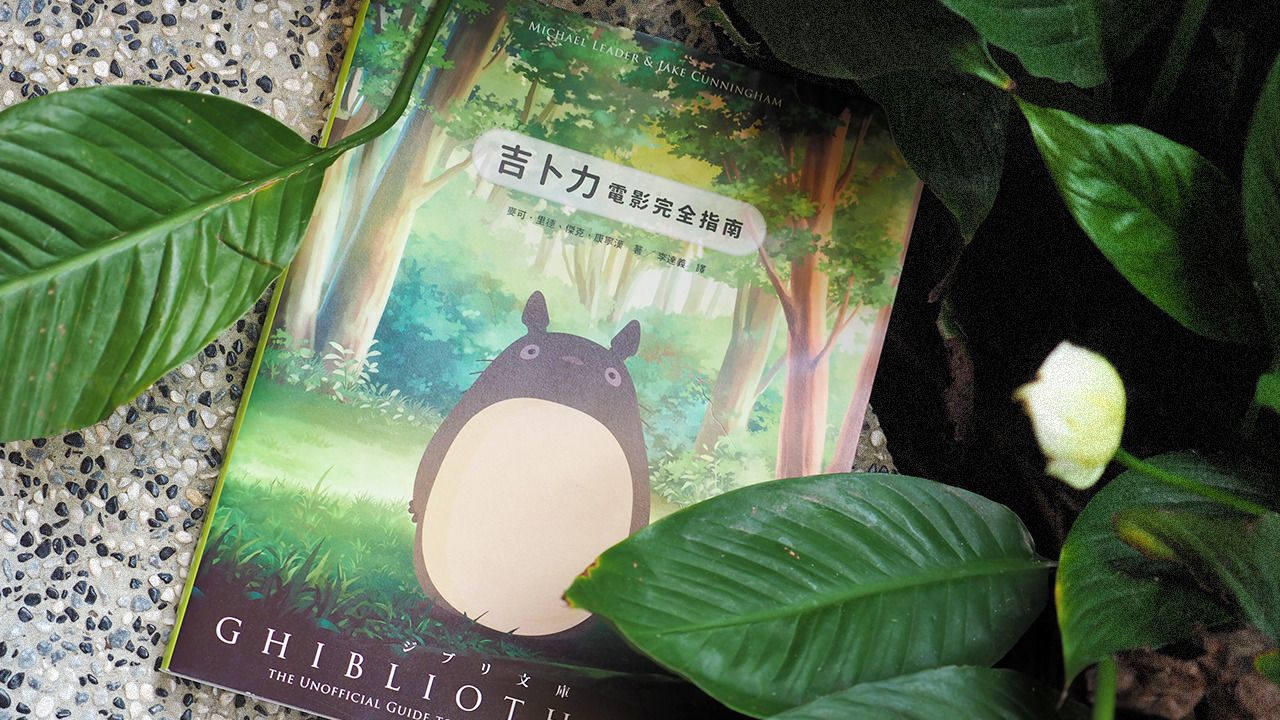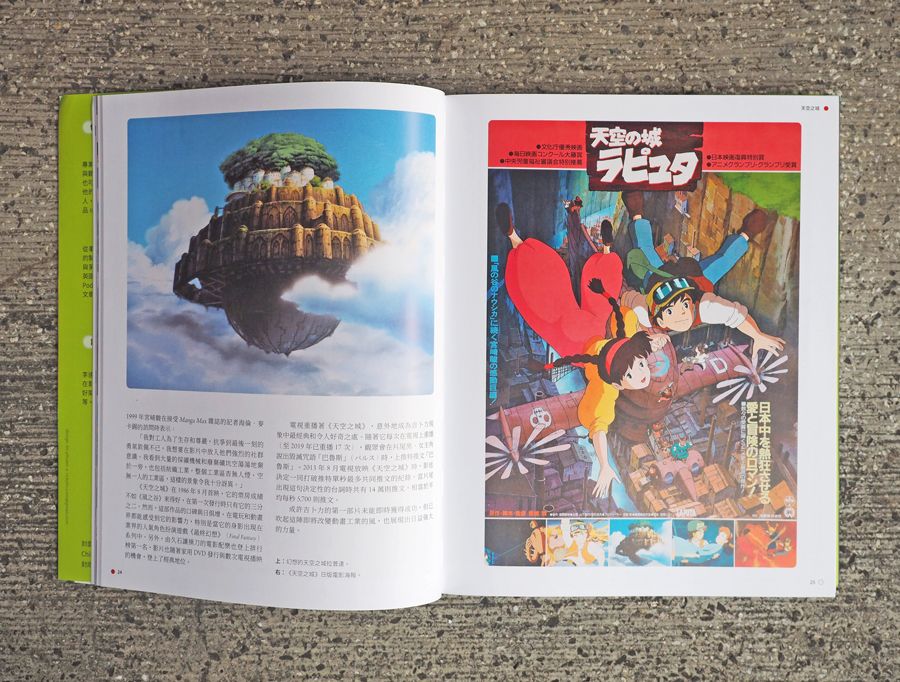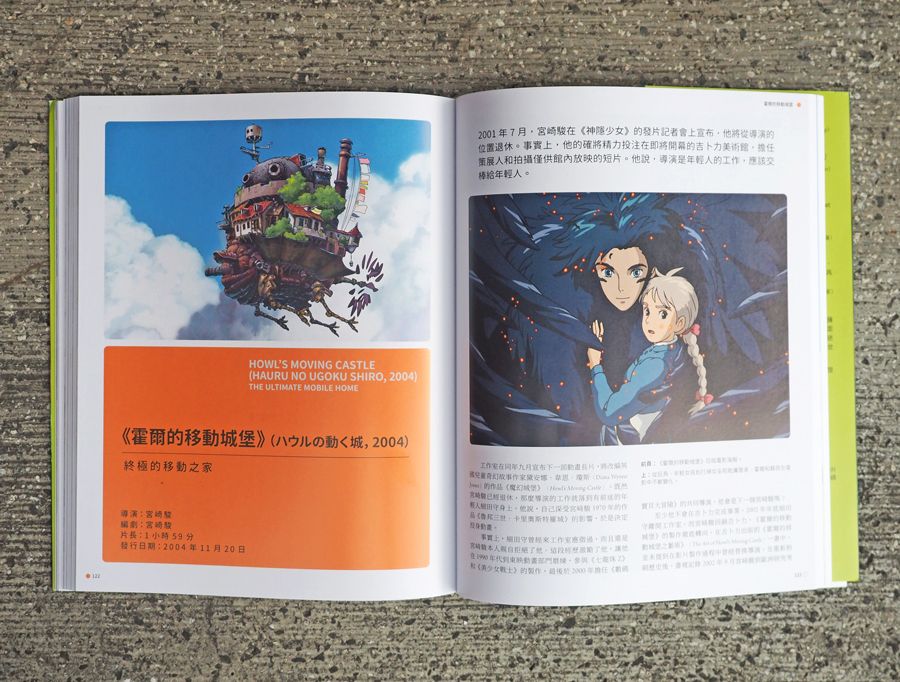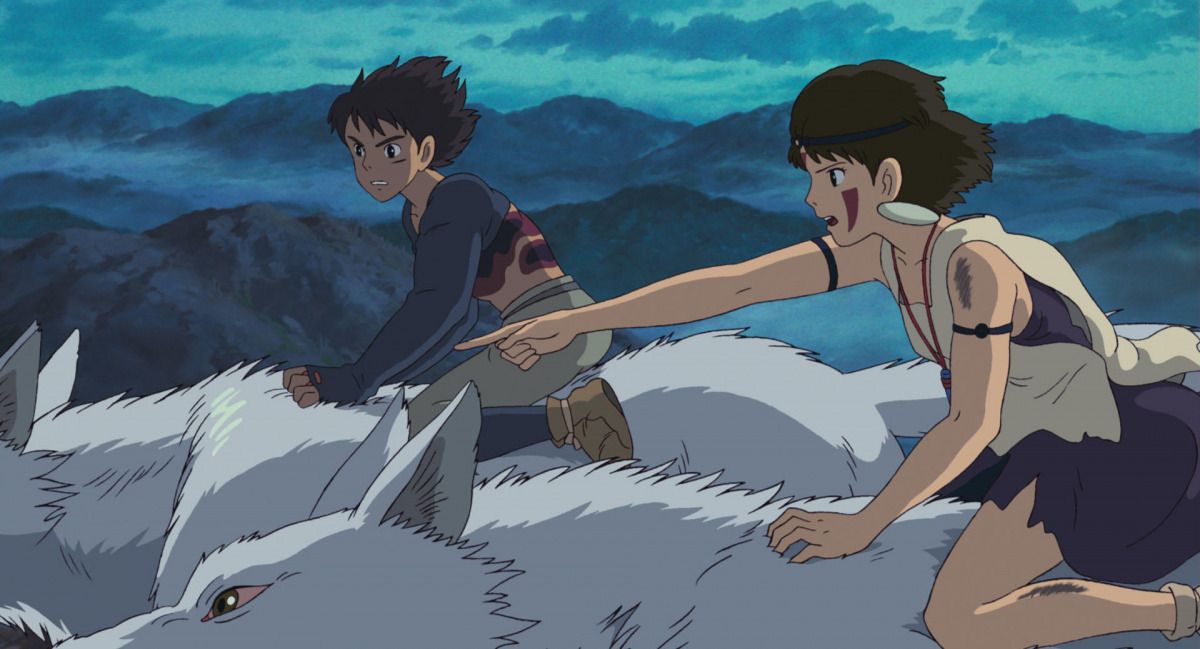
臺灣非營利專業書評媒體。Openbook編輯部將提供原生報導,文化觀察,人物採訪與國內外重大出版消息。 https://linktr.ee/openbooktaiwan
New Eyes Thirty Years Later: The Complete Guide to Ghibli Movies

Written by | Zhang Yantuo (Editor-in-Chief of Brewing Film)
In the past two years, I have noticed that a new generation of film critics/fans is no longer a fan of Hayao Miyazaki, and they are familiar with his works. This is actually reasonable: Assuming that the average rookie film critic who is most active in watching films and writing articles is 24 years old, and the one who debuted two years ago was probably in 1996—for them, "The Hidden Girl" (2001) is already "pre-sensible" '' movie. Those Miyazaki classics that my generation "watched grow up" and at their peak are already in the past tense. Even if they have heard (or even seen) it, it is not their nostalgia after all.
On the one hand, I understand that this is the inevitability of the times, and half of us who love movies may love our own memories; on the other hand, I have always been curious and confused about how to summarize the difference in vision between the two generations. Until I opened the "Complete Guide to Ghibli Movies", I accidentally found that this book solved many of my doubts.
This is a book born out of the podcast series. In the summer of 2018, two young British film critics, Michael. Reed (Michael J. Leader) and Jack. Cunningham (Jake Cunningham) founded the podcast " Ghibliotheque " (ジブリ Library), which spent 18 months visiting and exploring all the feature films of Studio Ghibli one by one.
Both Reed and Cunningham are digital/print/audio/text reviewers, writing and producing on authoritative media such as Sight & Sound , Little White Lies , Empire , and The Independent Short films, both also have extensive podcast experience. But there's a huge difference between them: Reed is a long-time Ghibli fan, while Cunningham has only seen one Totoro in years.
When "Harry Potter: The Mysterious Philosopher's Stone" was released in 2001, Reed watched the "Magic Princess" DVD of Division 3 that was circulated among his classmates (do you remember that DVDs have divisions?), and thought the latter was better than the former. . Since then, he has collected Ghibli works one by one, not only becoming an expert, interviewing Isao Takahata, but also watching the international premiere of "The Wind Rises" at the 2013 Venice Film Festival. When he found out that his colleague Cunningham didn't know anything about the "greatest animation studio of all time", "the look on my face, we will never forget each other."
Coincidentally, in the summer of 2018, Reed was planning an online promotion for British TV Film 4's "Ghibli Retrospective", so he thought: Why not combine all my passions? Hence the podcast " Ghibliotheque ".
In the first half of each episode, Reed will give a brief introduction to the film's plot, and explain the creation of the work, Ghibli's business stage at that time, behind-the-scenes anecdotes of related characters, as well as the box office and word of mouth after its release. The second half of the program is Cunningham's "film review" time, where he shares his thoughts and gives analysis and comments from the eyes of newcomers. At the end, there will be a ranking unit, and the two will rank the works they have seen one by one; after the show ends, Reed will also provide an anecdote (trivia) as an easter egg. For example, "City in the Sky" has been broadcast on Japanese TV in recent years. The "#バルス" fan tradition that will attract instant explosions on Twitter.

This kind of program structure has been fully extended to the book "The Complete Guide to Ghibli Movies". Each work has an introduction to the background of the times, strategies for creation and distribution, and its significance in the more than 30-year history of Ghibli. Originally, the podcast was a comfortable conversation between two big boys with gentle voices. The order in which they watched the films was thought up by Reed based on the theme; Manual", and can also observe the intentional trajectory of the two masters Hayao Miyazaki and Isao Takahata, and several rookies, trying to alternate and try to cross the bat.
To me, the more important value of this book is to be able to look back at these works through not only one, but two completely new eyes. It is conceivable that Cunningham, who saw these works for the first time, was always pleasantly surprised. As for Reed, who is an "expert", although he also has reverence, his perspective on Ghibli is worth pondering, which is different from my personal opinion. all the same.
For example, they were slightly disappointed with the ending of "The Hidden Girl", and felt that everything was resolved too suddenly and could not be explained clearly; I believe that after Chihiro "remembers everything", the plot dynamics that Hayao Miyazaki cared about have ended. The subsequent guessing and the way back are just "afterglow", not the point at all.

For example, Toshio Suzuki in their minds is like a mysterious hero who can always come up with powerful marketing strategies, or strategize behind the scenes to get all the resources through and arrange them in place. He is the "hidden MVP of this podcast". But I imagined him like a Bole with no complaints and no regrets, because he admired the talents of the two partners, and he had to help them pave the way for everything and remove their worries.
For example, they pointed out that the depiction of natural ecology and the "flying" image of the climax scene in "The Story of Kaguya", as well as the realistic tone and sad and ambiguous ending of "The Wind Rises", do they mean that Miyazaki and Takahata are unaware Feeling influenced each other, even salute each other? For me, who thinks that the two stubborn old men cherish each other and have a sense of competition in their creations, this is really an unthinkable point of view.
If we want to use a rough classification, we can say: We (at least myself) look at the posture of Ghibli (especially Miyazaki) as "looking back" and "looking up", and what the two authors did is "Climbing" and (as a reviewer necessary) "looking down."
It is precisely because my generation is so familiar with Miyazaki and Takahata, and familiar with their respective complexities, contradictions, distresses and temperaments, that when they see the information in the works, they will automatically be understood as the tip of the iceberg of their ideology and philosophy. It's hard to say what you want to express. On the other hand, "The Complete Guide to Ghibli Movies" focuses on constructing the author's image from the works.
Such a sense of distance may be a necessary condition for being a commentator. With this distance, they can easily see the image of the "Miyazaki Hayao Girl" descended from Nausicaa, as well as the spiritual continuity of "Nausicaa" and "Magic Princess", and even "Porcupine" and "Porcupine". The distant echo of "The Wind Rises". They love Takahata Isao's observation of class and identity, and have high evaluations of "Grave of the Fireflies", "Heisei Tanuki War" and "The Story of Kaguya Hime". They also pointed out that the love relationship in "The Hidden Girl" and "Hall's Moving Castle" is very different from the "two little ones" in Hayao Miyazaki's previous writings. Chihiro and Sophie, two independent women in spirit, for the sake of their lovers Become reckless - this, I really hadn't thought about it.

Although they have repeatedly emphasized that they like each of them, Reed and Cunningham's favorite Ghibli works are "My Neighbor Totoro", "Witch's Delivery Service", "Ponyo" and so on. Laser focused), as well as history-based explorations like Grave of the Fireflies and Porcupine. This is easily felt between the lines in the book: "It was a pure and beautiful experience" (My Neighbor Totoro), "This is one of the most thought-provoking images in Ghibli's work" (Grave of the Fireflies), "She is all Ghibli The Prototype of Power Characters" (Witch's Delivery Service)...
For 20 years, I have always believed that even though "The Hidden Girl" is the pinnacle of Hayao Miyazaki's artistic achievements, "The Magical Princess" and its ideological core are the pursuit of his life's creation. Now, "The Complete Guide to Ghibli Movies" has made me realize that if I focus more on the works themselves, each of these classics has its own charm of transformation, which is what I ignored when I put on the "context" filter.

That's why I try to understand how the new generation of fans mentioned in the opening paragraph will feel about Ghibli. With the filter of "this is my childhood" removed, these works have their own themes and their ability to withstand the test of time. If we all agree that the so-called "master" should be for each generation of movie fans to recognize and identify themselves, rather than unconditionally accept the recognition of the predecessors, then such a book will play a very good role.
There's another reason I feel envious and jealous as soon as I open The Complete Guide to Ghibli Movies - last spring, when we were planning a quarterly issue of Hayao Miyazaki for Stuffed Movies, we found out that we needed to get the stills to use. Licensing is almost impossible. But this book is not only full of pictures and texts, but also a large spread page where Chihiro and the faceless man confront each other in a devastated restaurant. The picture caption reads: This is called a "spread pattern"! ——So domineering, and know the goods, the same fans can only be convinced. ●( The original text was first published on the official website of Openbook on 2022-09-08)


The Complete Guide to Ghibli Movies
Ghibliotheque: Unofficial Guide to the Movies of Studio Ghibli
Author: Mike. Reed, Jack. Michael Leader, Jake Cunningham
Translator: Li Dayi Publishing: Black Body Culture
About the Author: Michael. Reed (Michael Leader)
Professional writer, broadcaster and serious Ghibli fan. His articles have appeared in Sight & Sound and Little White Lies magazines, and he can be heard on the podcast " Truth & Movies ." He is a senior producer at Little Dot Studios and oversees the BBC's iPlayer mini-documentary series Inside Cinema , Inside Game .
Jack. Jake Cunningham
Writers and producers working in film and broadcasting. His production at Dot Studios focuses on film podcasts and reviews of films. He has produced podcasts with Channel 4, Curzon Cinemas and the British Independent Film Awards; and has written film articles for the BBC, White Lies magazine.
Like my work?
Don't forget to support or like, so I know you are with me..
Comment…